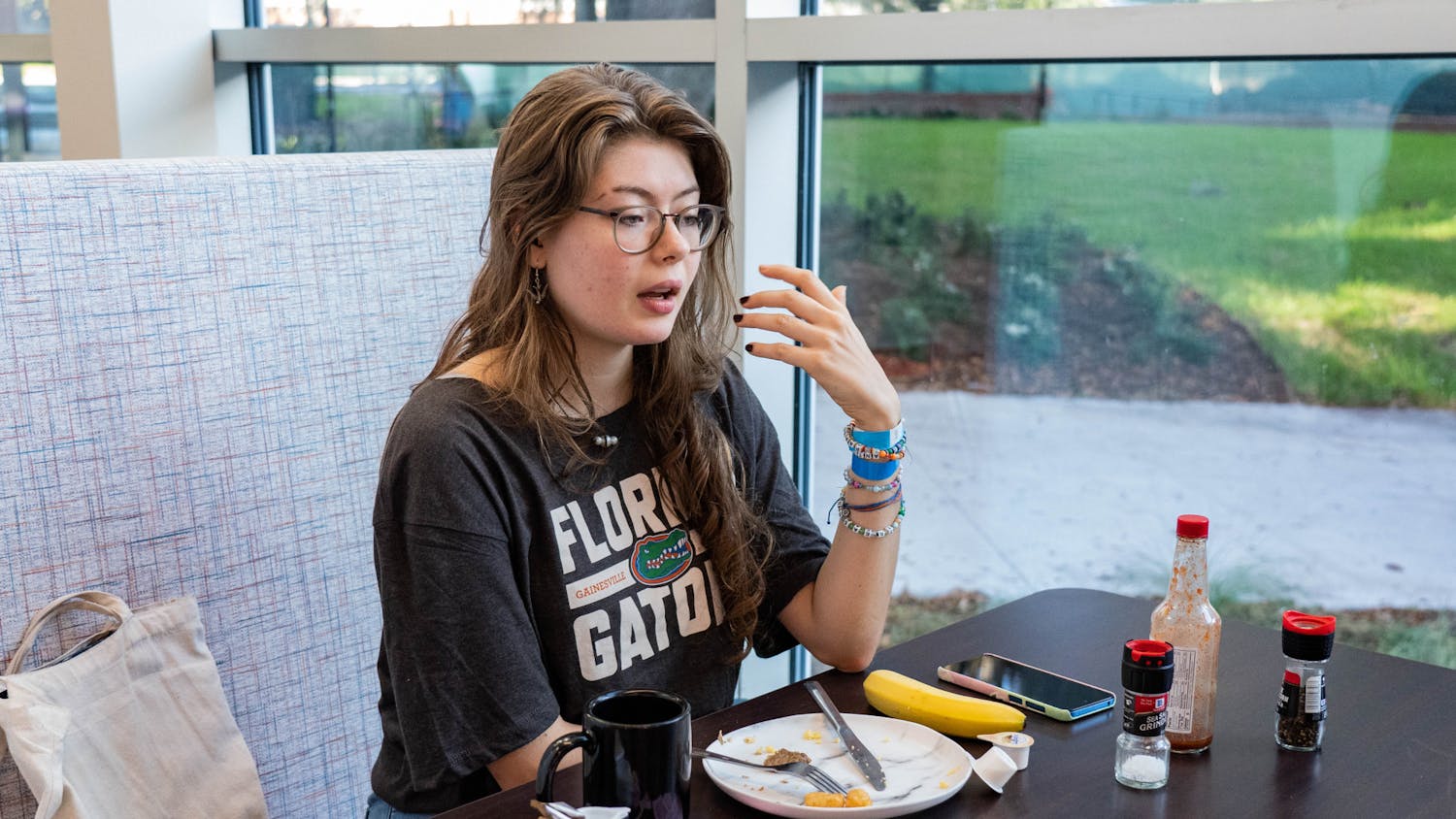March is usually the month when students push themselves to get through the swath of exams and papers that come just shortly after that glorious, now-faint week of Spring Break. And, as such, it’s very easy to be tempted to munch on snacks through the ever-common all-nighter.
March also happens to be National Nutrition Month, according to the American Dietetic Association.
This year’s theme is “Eating Right With Color,” and the association’s goal is to show how thinking about food in terms of color can actually make you a smarter eater.
“The more colors you have in a meal, the more range of food groups you have,” said Shannon Kirkpatrick, health promotion specialist for GatorWell and a registered dietician.
Identifying that the color orange is high in vitamin A and antioxidants and that greens are high in calcium and vitamin C can help when choosing smart and tasty late-night snacks.
For those who spend their nights at the hottest club in town — Library West — with their noses buried in textbooks, Kirkpatrick said eating snacks that combine at least two food groups is best. She recommended whole-grain crackers, pre-sliced fruit and dried nuts because they’re quick and cheap.
However, not even the healthiest food is good for you in high quantities.
“Be careful on the portion sizes,” Kirkpatrick warned. “Nuts are high in fat. It’s healthy fat, but it’s easy to eat too many calories. A good serving size is what would fit into the palm of your hand.”
If you’re a slave to the fast-food burger trinity of McDonald’s, Burger King and Wendy’s, there are still ways to shave off some calories from your McDouble Whopper Baconator.
“If you add a lot of mayonnaise or oils you can add up calories. A burger can be totally fine if you’re not eating [one] every day,” Kirkpatrick said. “Just watch out for condiments. A special sauce is usually just mayonnaise mixed with something else.”





